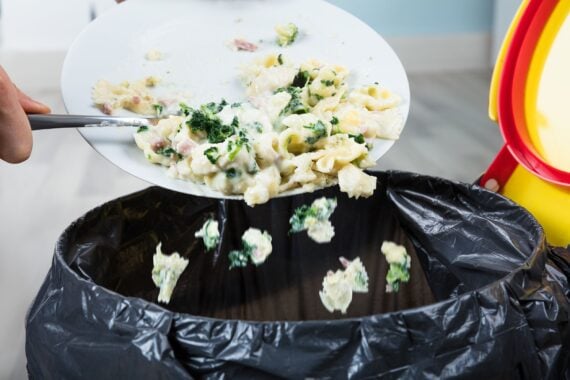We’ve all let perishable foods sit out a bit too long, then wondered what dishes or ingredients are still safe to eat. Luckily, there’s information on food safety available so you can be sure you’re not wasting good leftovers or accidentally ingesting spoiled, bacteria-laden ones. Here are 25 everyday foods and how long you have to eat them while unrefrigerated before they present a danger. Consult our list the next time you think, “I ate food left out overnight — am I safe?”
Related: Every Major Food Recall in the Past Year
Fresh, Cooked, or Boiled Eggs
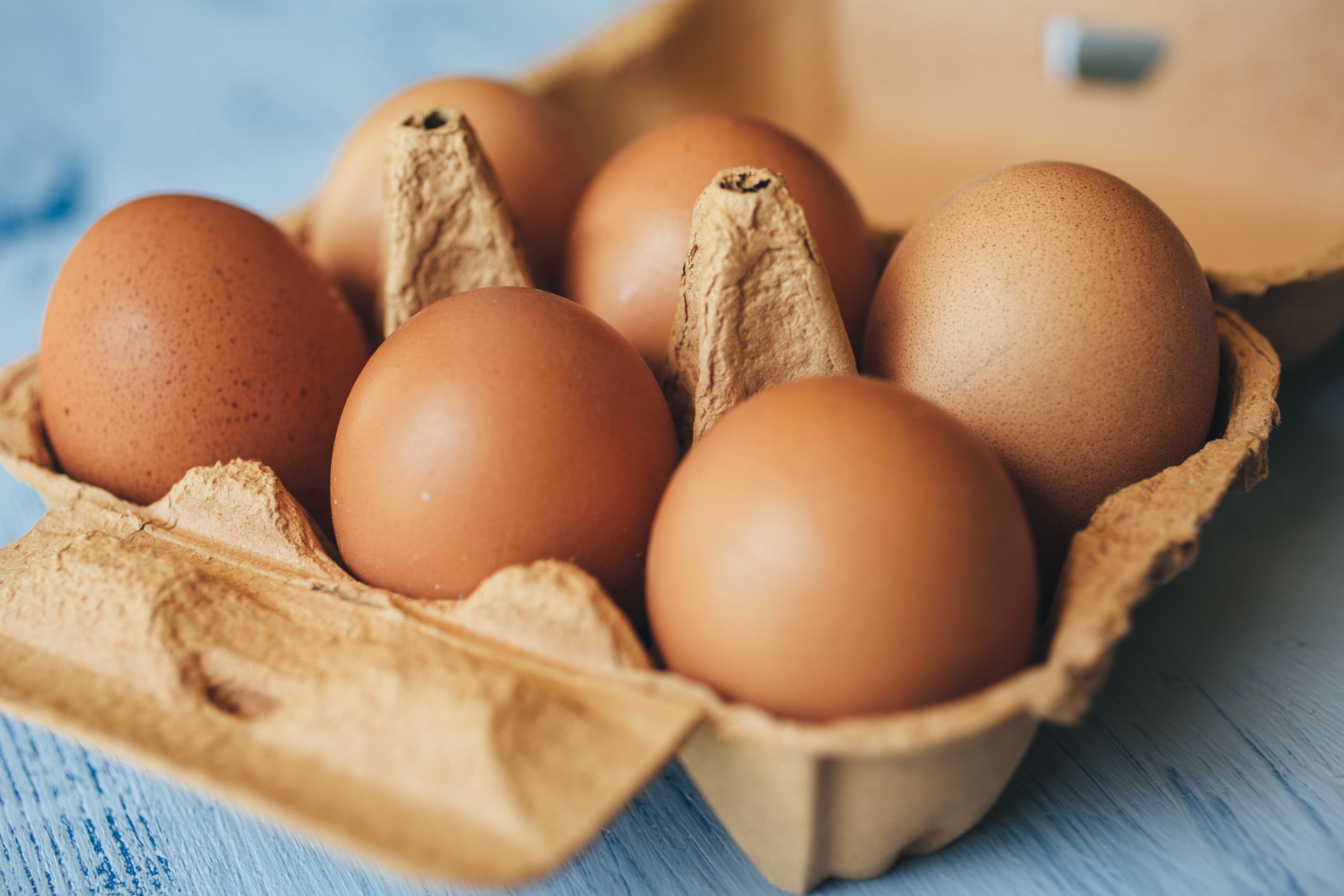
Time: Around two hours As with most meat products, raw, scrambled, or hard-boiled eggs should be tossed for your own safety if left to sit at room temperature for two hours or longer, as they’ll begin to sweat and facilitate bacterial growth, which could lead to a foodborne illness (yikes). This rule will vary in the U.K. and most of Europe, where safety procedures permit chicken eggs to be sold unrefrigerated.
Related: Stocking the Freezer? Here’s How Long Your Favorite Foods Will Last
Butter
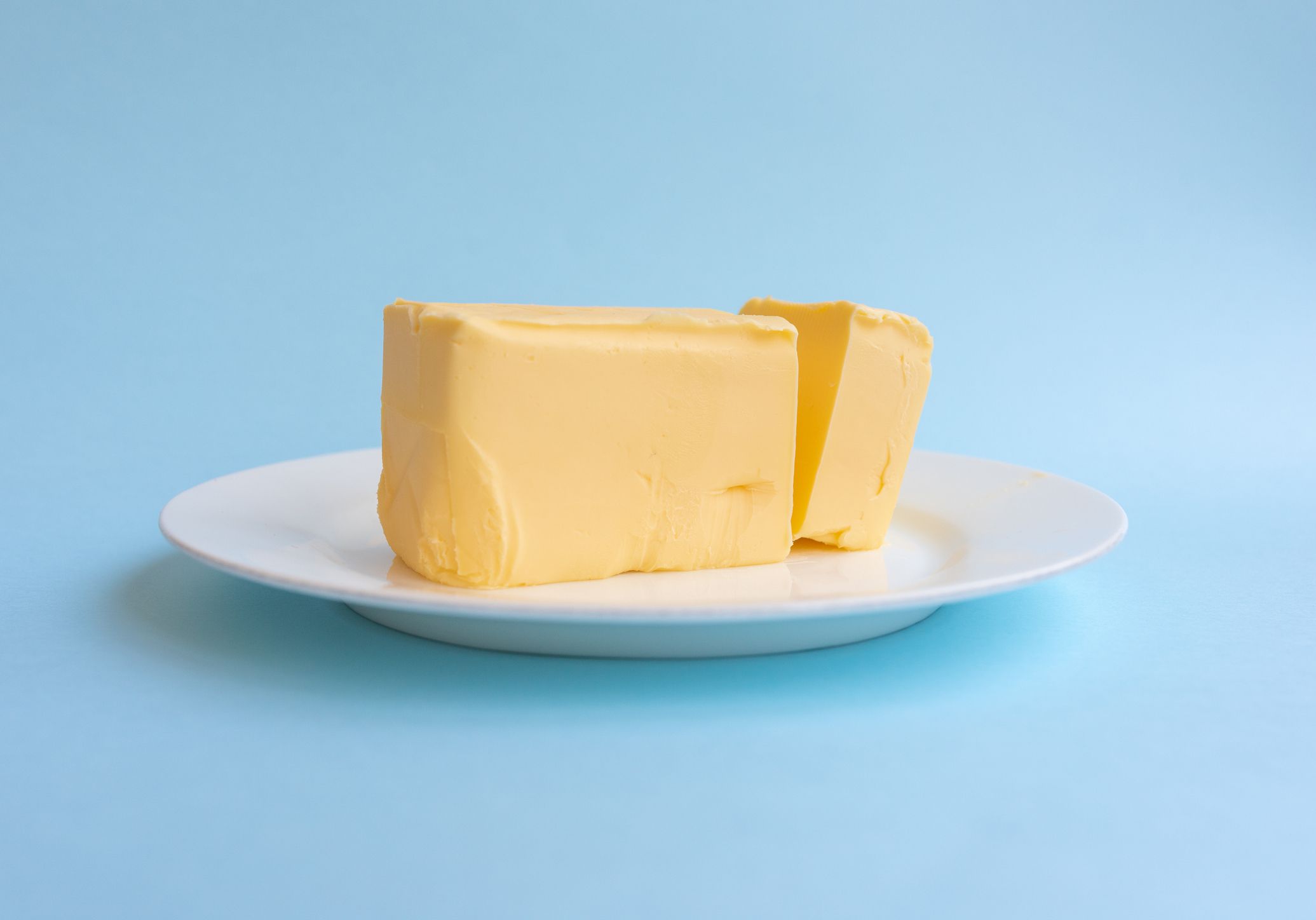
Time: One to two days Most refrigerated sticks of butter will last up to one month after the sell-by date on the package. Unlike most dairy products, however, butter is a food that can survive at room temperature without spoiling for one to two days, thanks mostly to its low lactose levels and high saturated fat content.
For more great kitchen tips, please sign up for our free newsletters.
Cheese
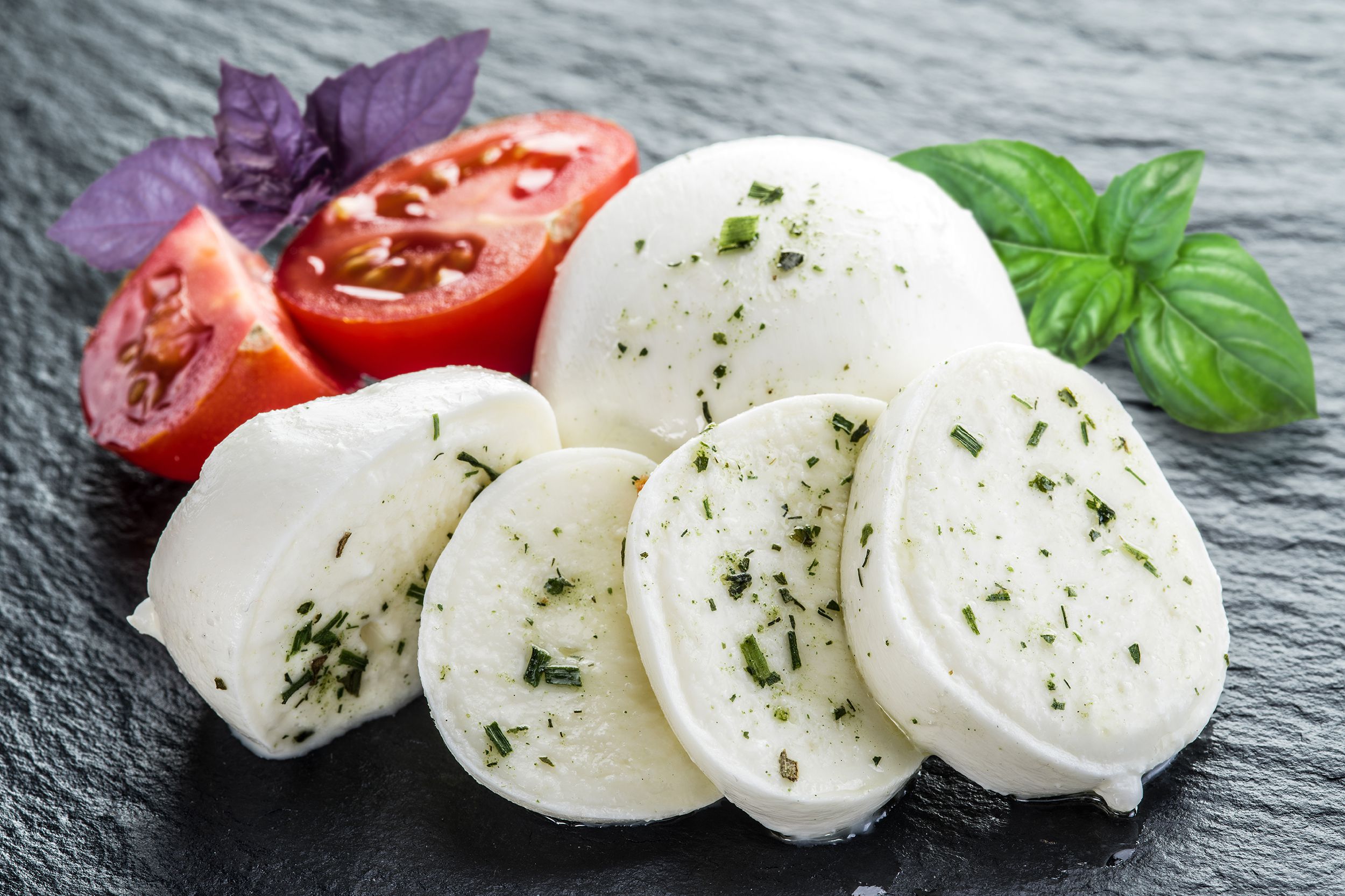
Time: Varies, around two to 12 hours Leaving cheese out overnight can affect quality, but isn’t typically dangerous or a safety risk, the Wisconsin Milk Marketing Board says. In fact, all but fresh or shredded cheeses such as feta or mozzarella should be given an hour on average to come to room temperature with no risk of developing dangerous bacteria levels, when hard cheeses become easier to cut and soft ones easier to spread. Be more careful about the latter after several hours, as soft cheeses are a more perishable food that encourage bacterial growth.
Cooked Food/Leftovers
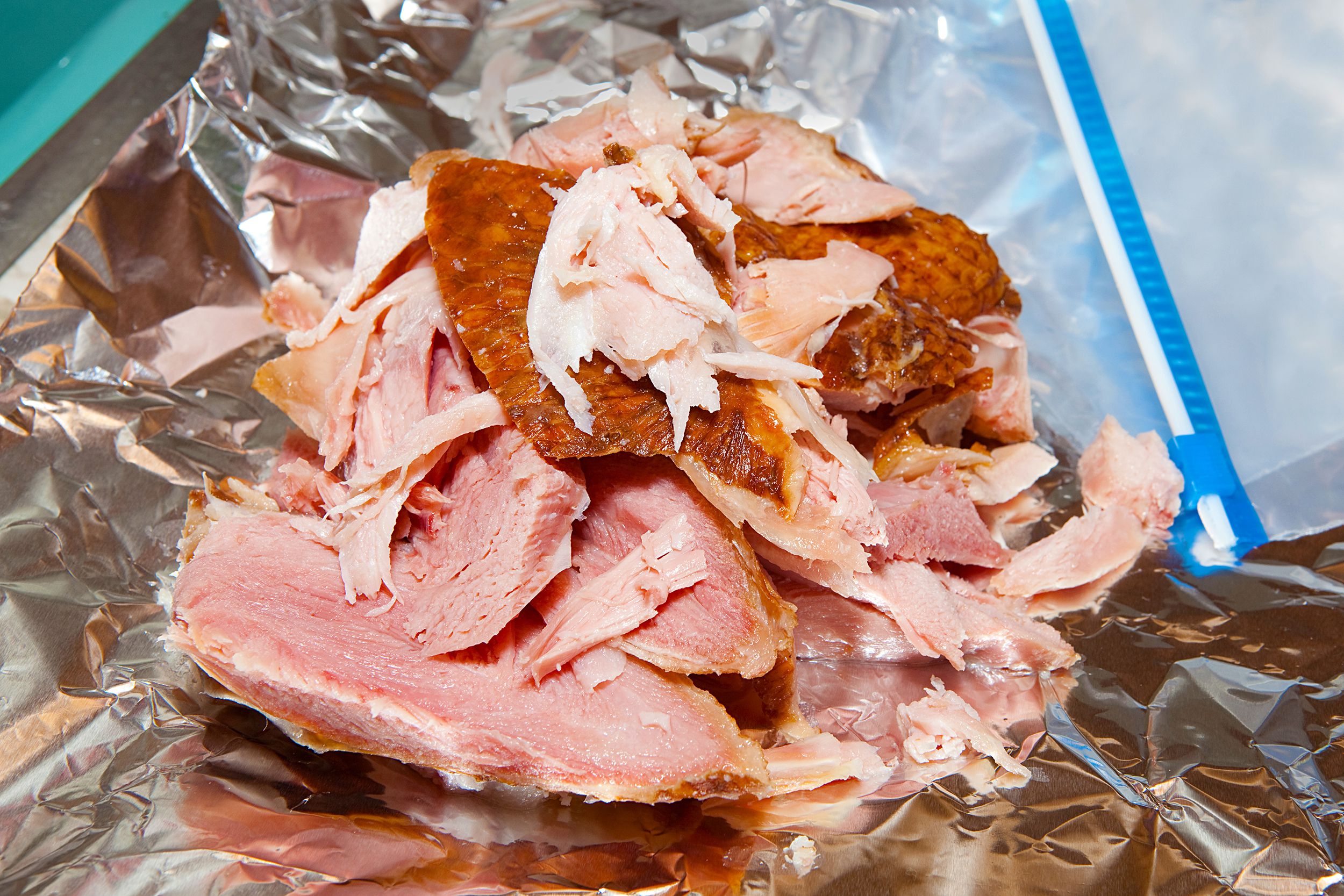
Time: Around two hours How long can cooked food sit out? If you get distracted and leave cooked food out after dinner or for a party buffet at home, have a policy to take care to refrigerate the leftover foods after roughly two hours. Consuming cooked food left out for three hours or more leads to a higher chance of food poisoning or other illnesses. If the ambient temperature is over 90 degrees, especially in the sun, don’t leave food unrefrigerated for longer than an hour.
Lunch Meats
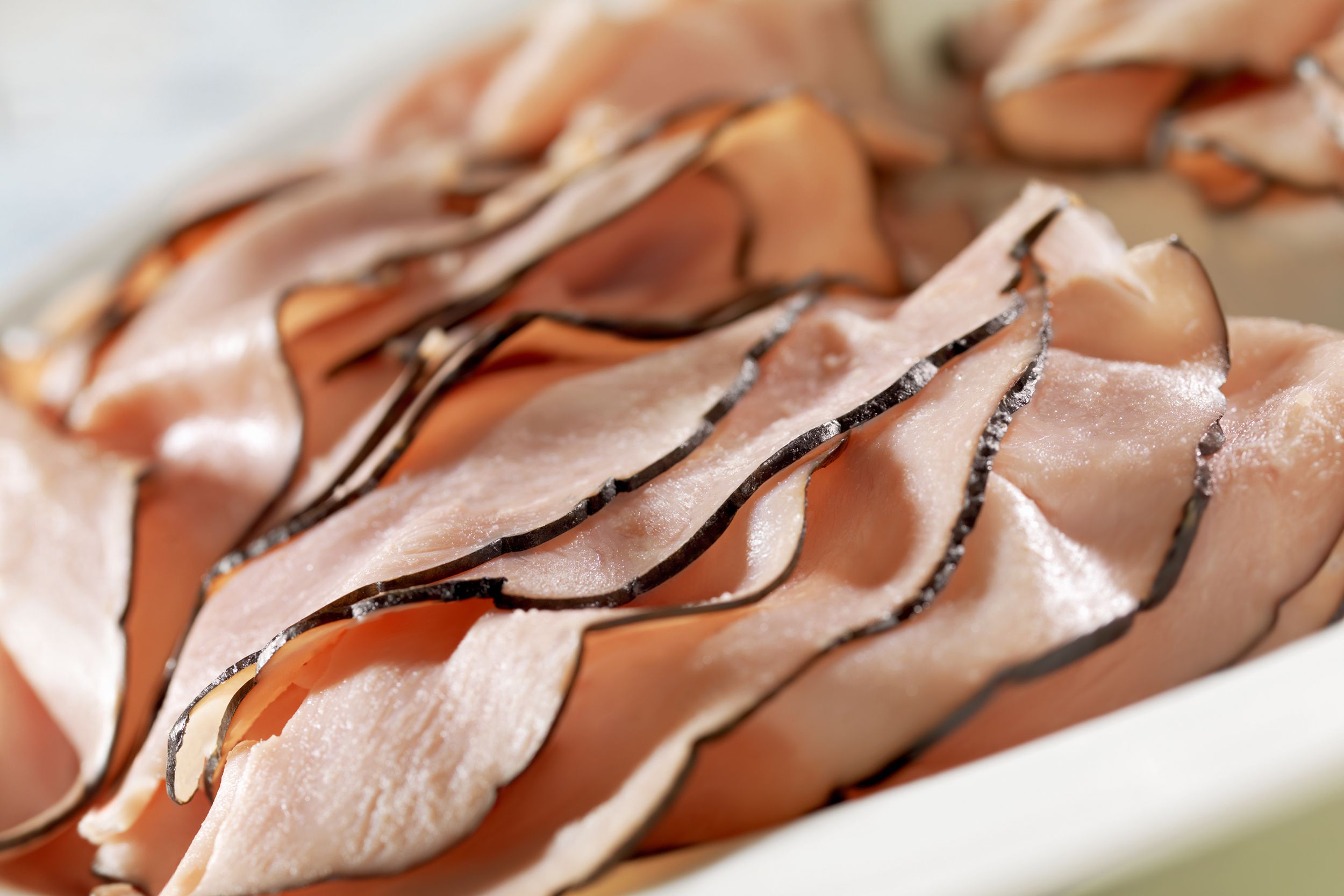
Time: Around two hours According to FoodSafety.gov’s recommendations, which err on the side of caution, cold cuts and other sliced deli meats used for wraps or sandwiches won’t last any longer out of the fridge than raw or regular cooked meat. To avoid the danger of bacterial growth, it’s best to discard these foods either after two hours in temperatures from 40 to 140 degrees.
Trending on Cheapism
Fruit Pies
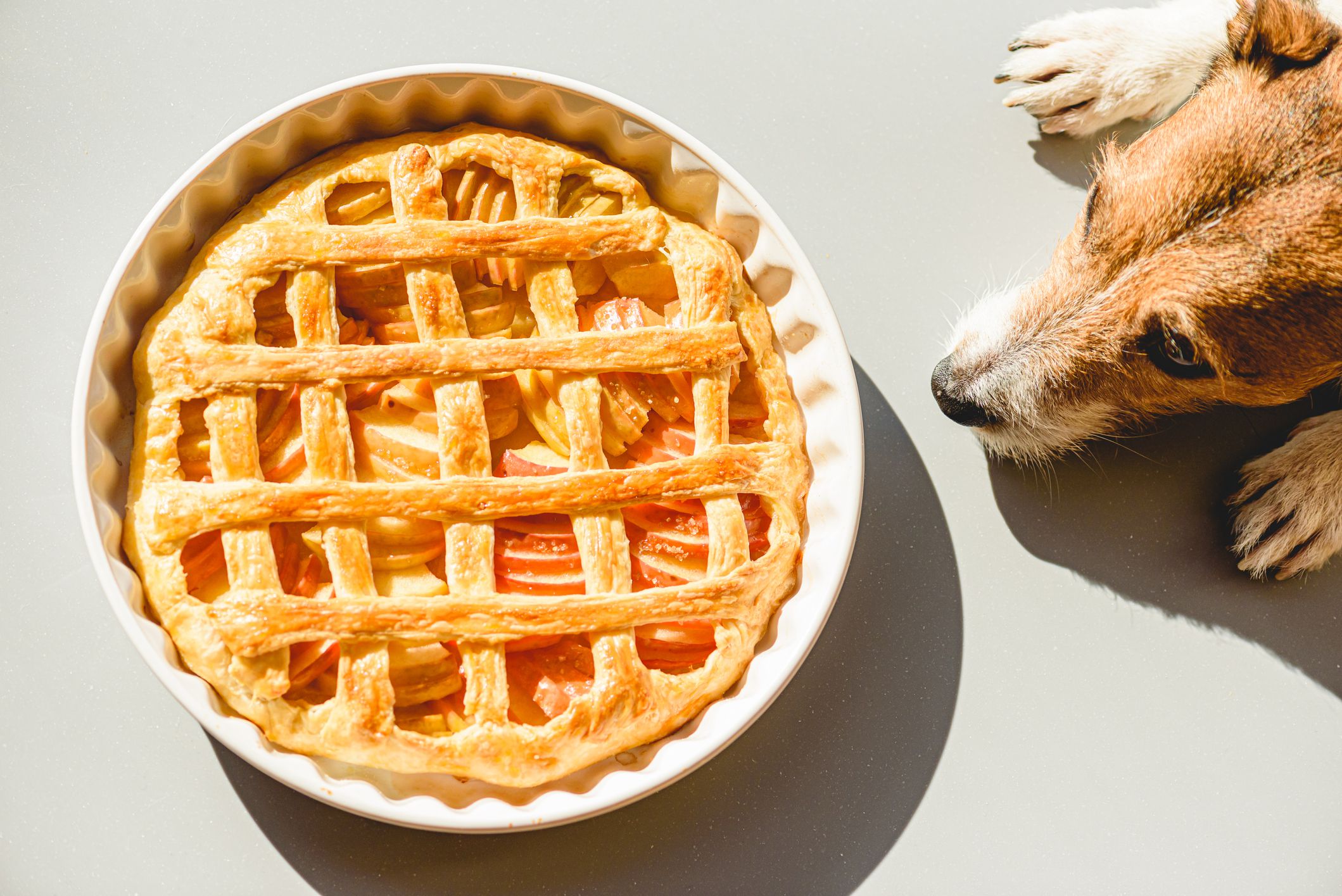
Time: Two days Apple and other fruit pies need not be refrigerated right after baking — instead, leave them on the counter or in the pantry for about two days before storing in the fridge. From there, the pie should be eaten or discarded within four to five days to avoid bacterial growth, during which time individual slices can sit at room temperature (though perhaps avoid leaving them directly in the sun) two to three hours without risk.
Lettuce and Greens
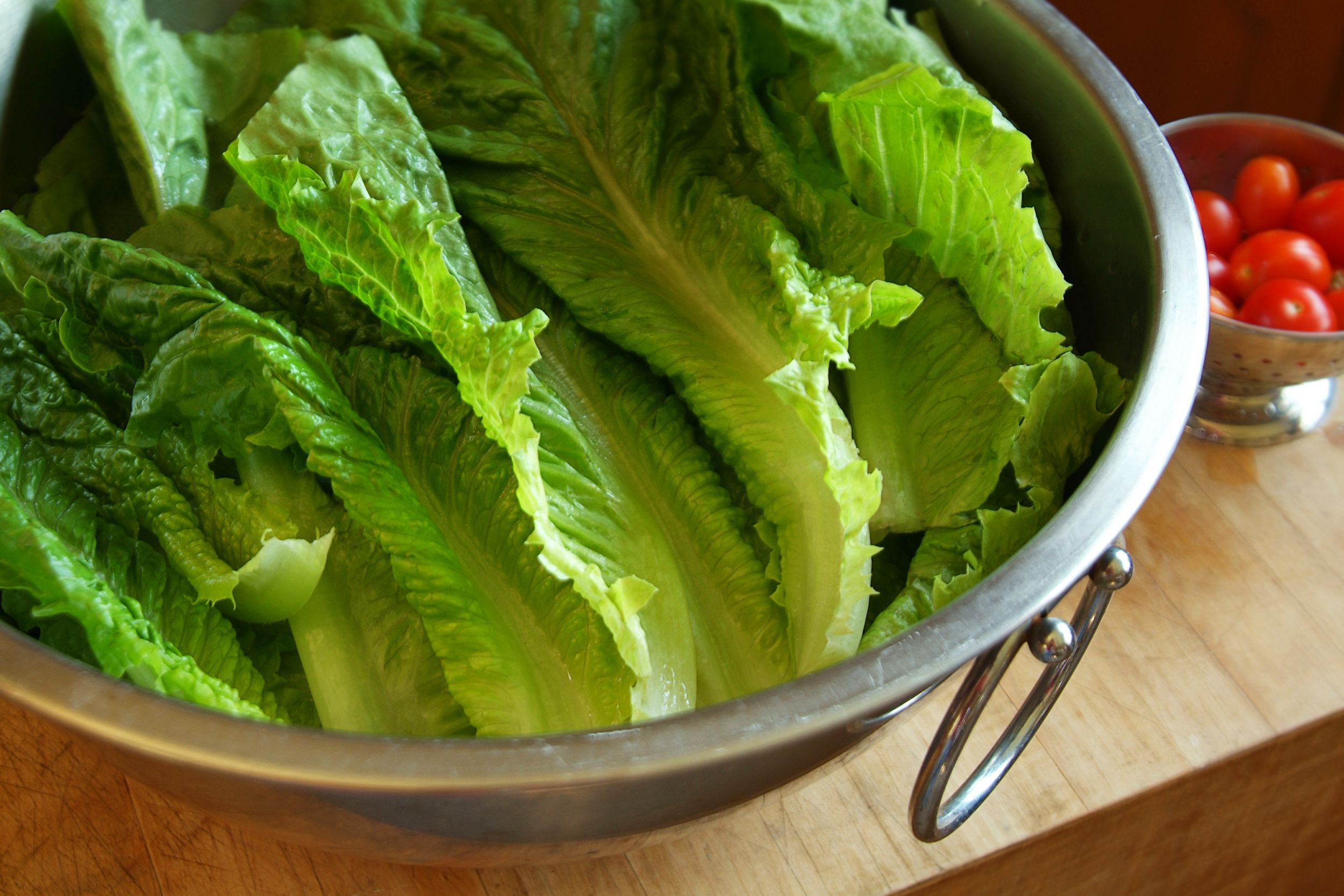
Time: Around two hours Precut or prewashed greens won’t survive safely at room temperature for much longer than two hours (and will wilt if placed directly in the sun); raw spinach, kale, or romaine lettuce are only slightly heartier, with outer leaves of intact heads of lettuce or cabbage spoiling first. All of these greens can last from seven to 10 days when refrigerated.
Yogurt
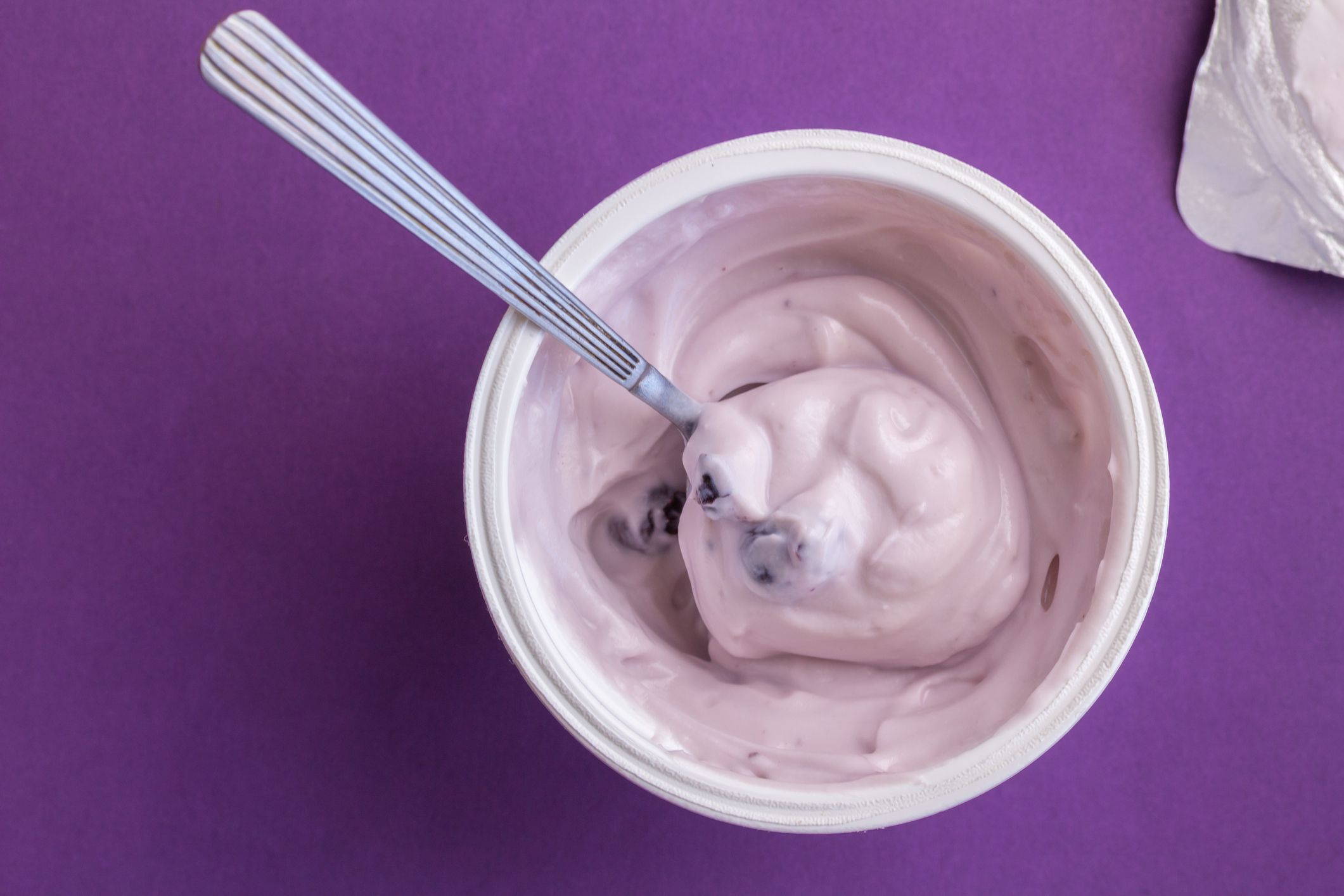
Time: Around two hours Yogurt and other dairy products can be left to sit for two hours before bacteria begin to grow, making them potentially unsafe to eat before long. This process is accelerated at temperatures over 90 degrees (read: keep your Yoplait out of the sun), or in yogurts with added fruit and sugars, as most milk-based products (with the exception of butter) are quick to spoil and taste better cold, anyway.
Sign up for our newsletter
Mayonnaise
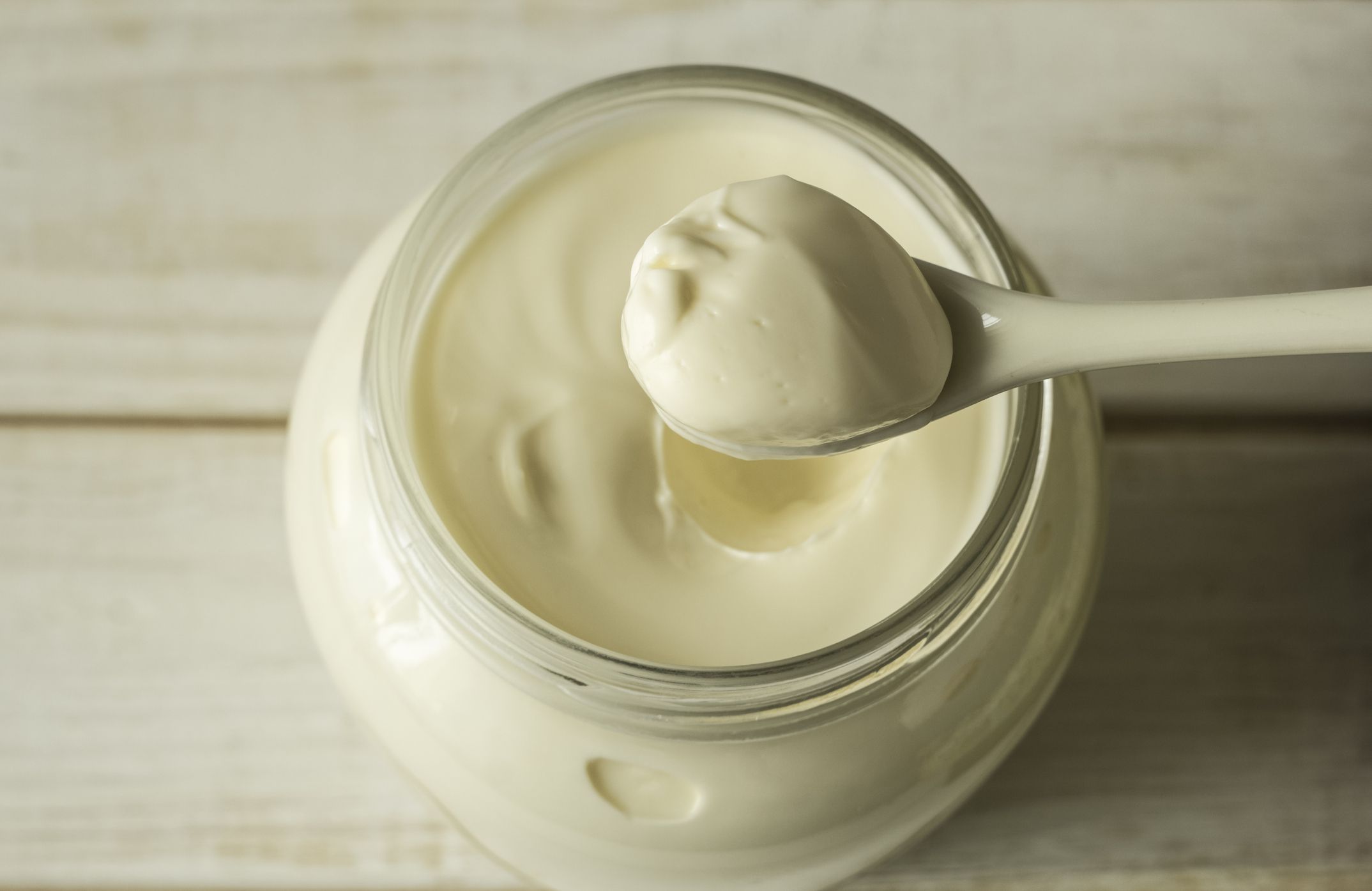
Time: Around eight hours Unopened mayonnaise can be kept in the pantry indefinitely, but once opened, the egg yolk-derived condiment quickly becomes vulnerable to spoilage and bacterial growth if left out. FoodSafety.gov recommends discarding mayonnaise after sitting at above 50-degree temperatures for more than eight hours, so keep it cold and out of the sun or don’t open it.
Mushrooms
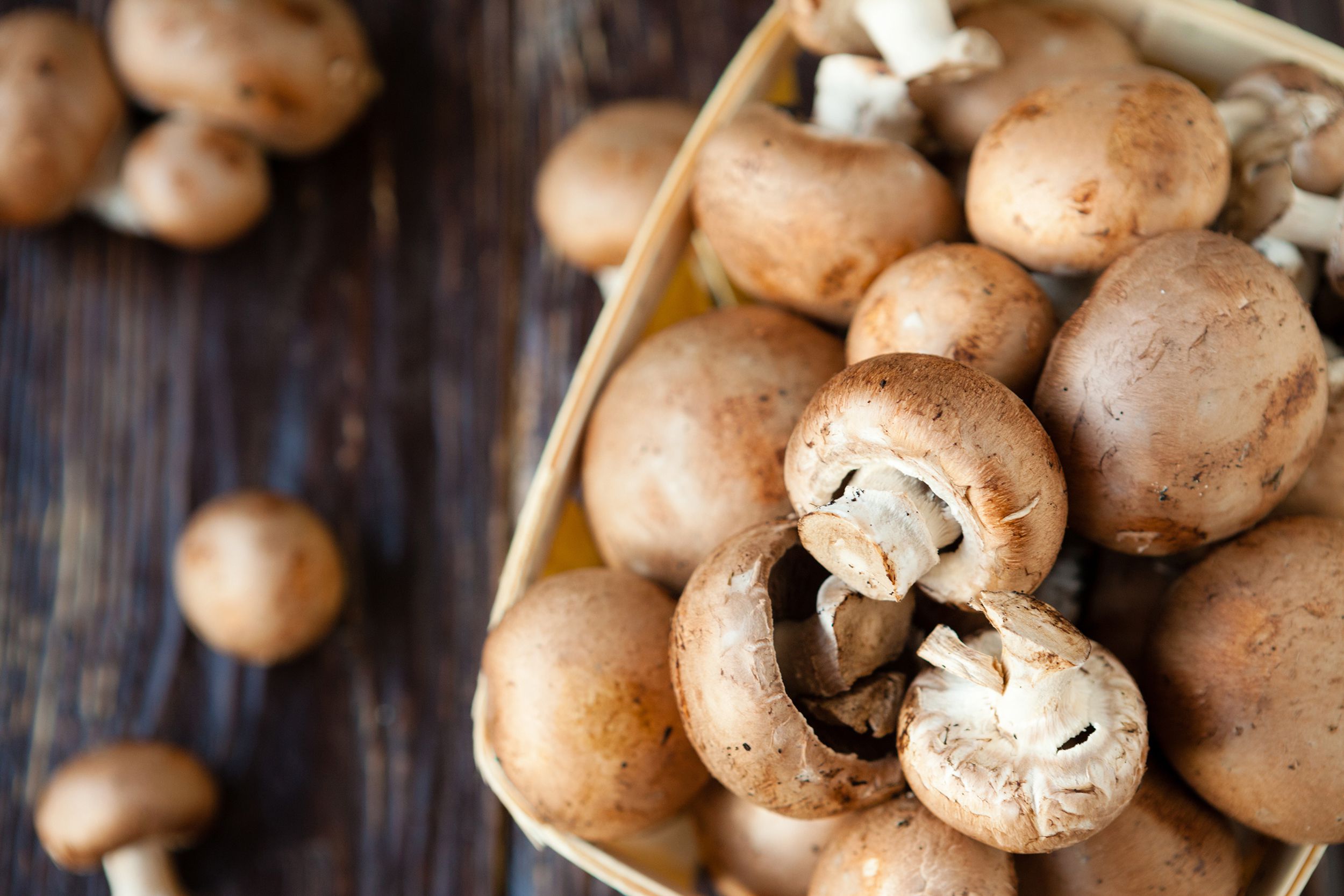
Time: One day Mushrooms flourish away from the sun before picking, and they will enjoy a dark corner of your fridge afterward, too. If left accidentally on the counter overnight they will still be safe to eat — just check for brown or slimy spots that should be cut off after too long. Once cooked, however, mushrooms became like most other prepared foods in that they shouldn’t be kept at room temperature more than two hours.
Jelly
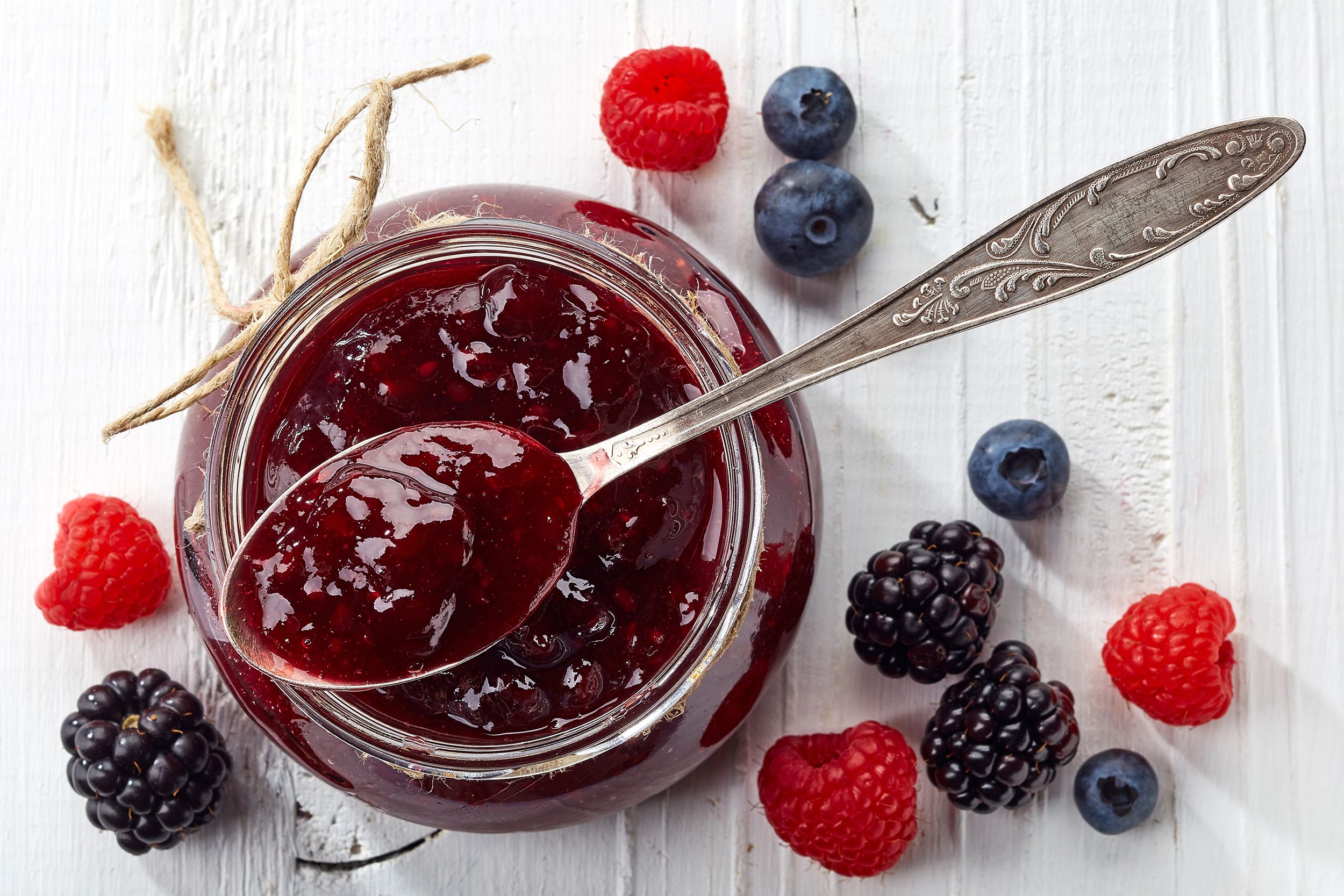
Time: One to two days The acids and natural or added sugars in jellies and jams act as natural preservatives to keep bacteria at bay, so an opened jar left at room temperature for one to two days will be fine — provided there are no signs of spoilage such as mold or strange odor. If refrigerated, jellies will remain at peak quality for roughly an entire year. Don’t leave it out in the sun, but don’t worry too much, either.
Peppers
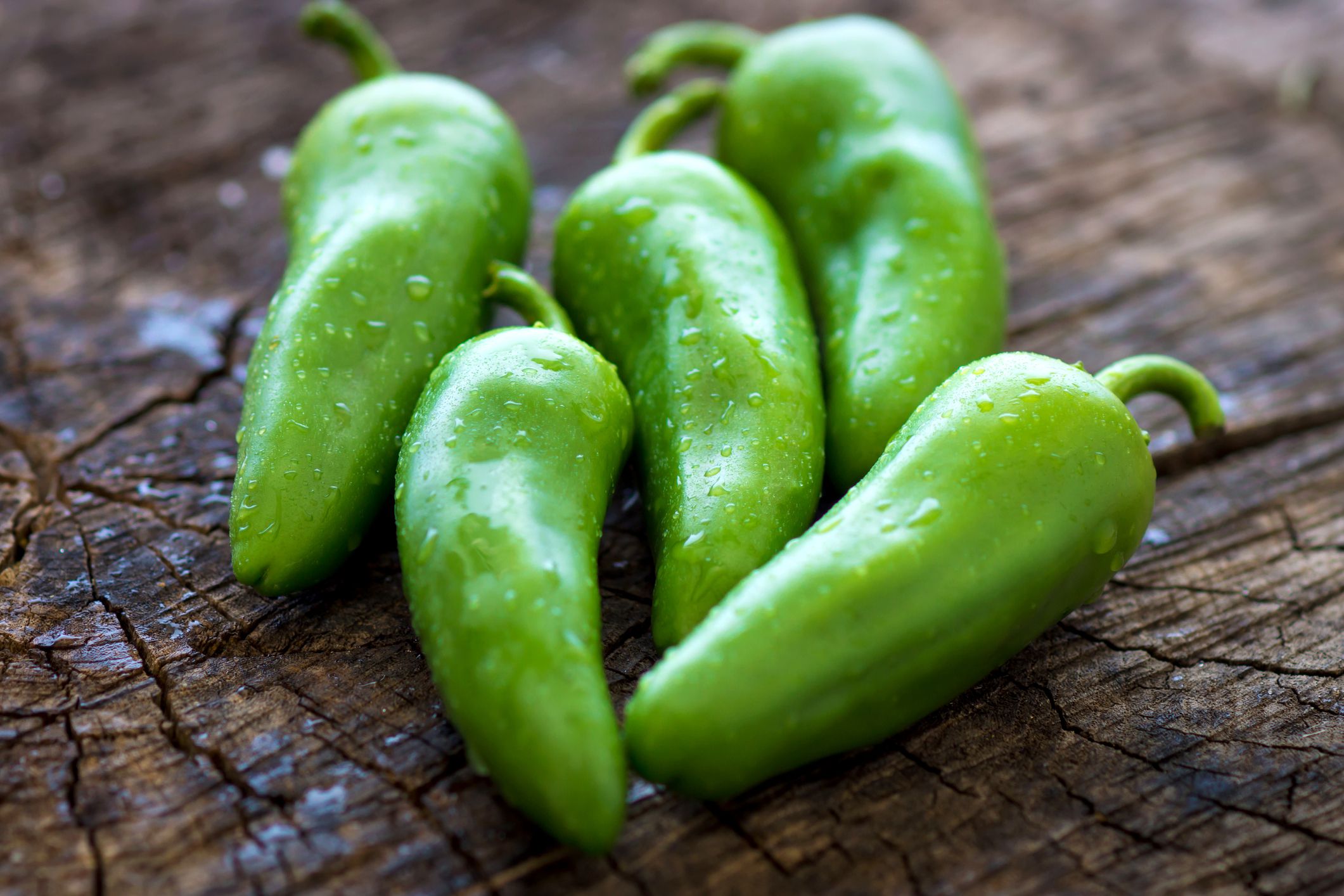
Time: One to two days Whether bell or jalapeño, raw peppers can be left to sit at room temperature for multiple days without concern. For the longest shelf life, however, it’s best to have a policy to store them in airtight containers or bags in the fridge for one to two weeks. Raw cut or cooked peppers can also stay in the fridge for three to five days. It’s best to cut them up when you want to eat them, but they shouldn’t sit out longer than two hours.
Tomatoes
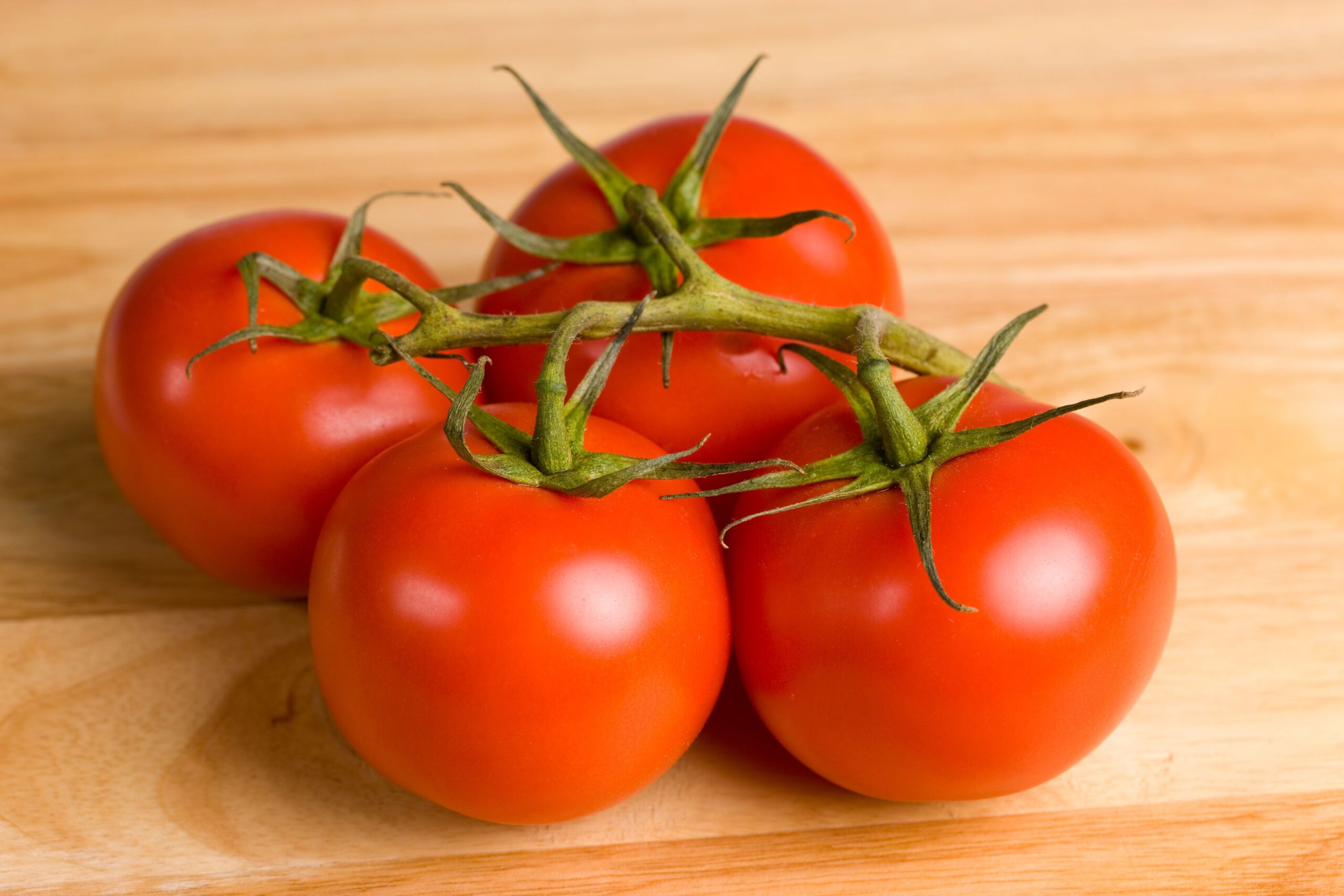
Time: One to five days Tomatoes are a countertop-safe vegetable with a high production rate of ethylene, which means they can be used to speed up the ripening process of nearby fruits or vegetables. (Put them next to those green bananas if you want to eat them sooner rather than later.) Fresh tomatoes will ripen fully in one to five days, after which they can be stored in the fridge for another five to seven days before these perishable fruits begin to mold.
Bananas
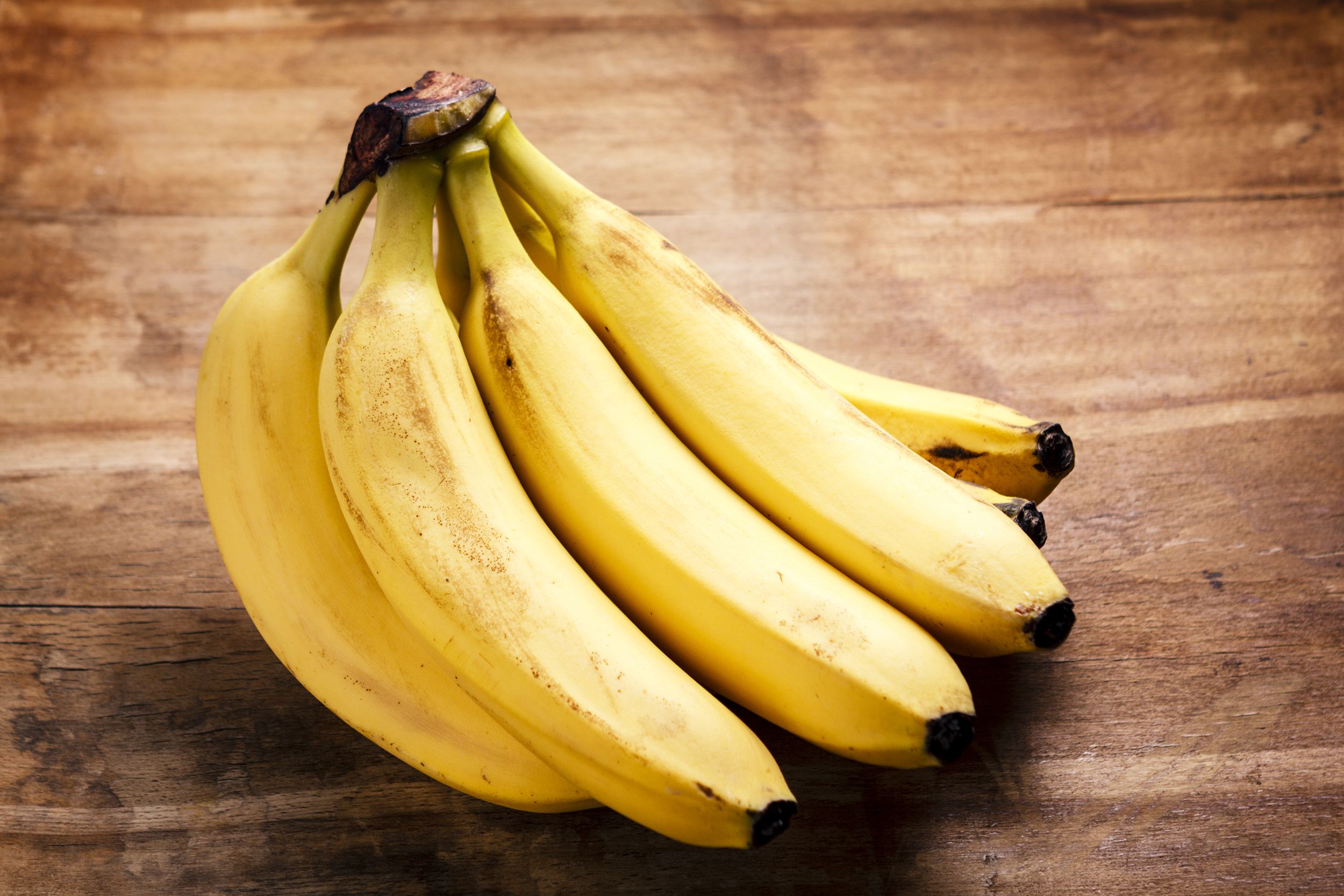
Time: Two to five days Refrigerate bananas only once they’ve reached the desired ripeness, which keeps them suitable for eating another five days even as the skin darkens. Before then, they’re best stored at room temperature for several days while they ripen to yellow-brown or brown for baking, as with most other countertop-safe fruits. Unless you like banana bread, have a policy to eat these sun-loving but perishable fruits when there’s just a touch of green instead of freckled.
Bread
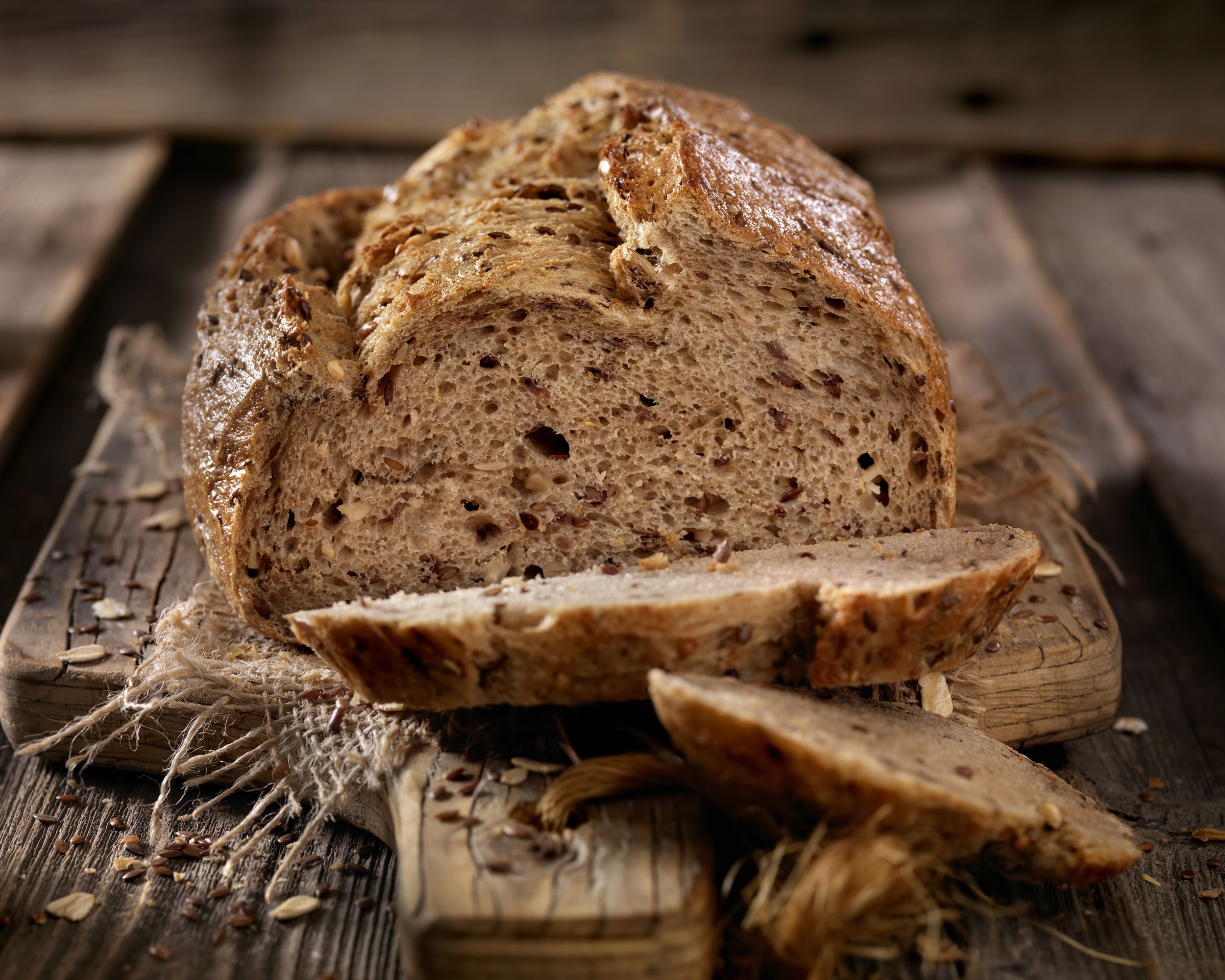
Time: One week Though pre-sliced or whole loaves can be frozen for long-term storage (save money by freezing sale-priced loaves), refrigeration is almost never recommended for bread, as it can quickly turn a loaf dry and stale. Whether sliced or not, soft-crusted breads keep for five to seven days on the counter, while hard-crusted breads such as baguettes last only a day or two.
Basil
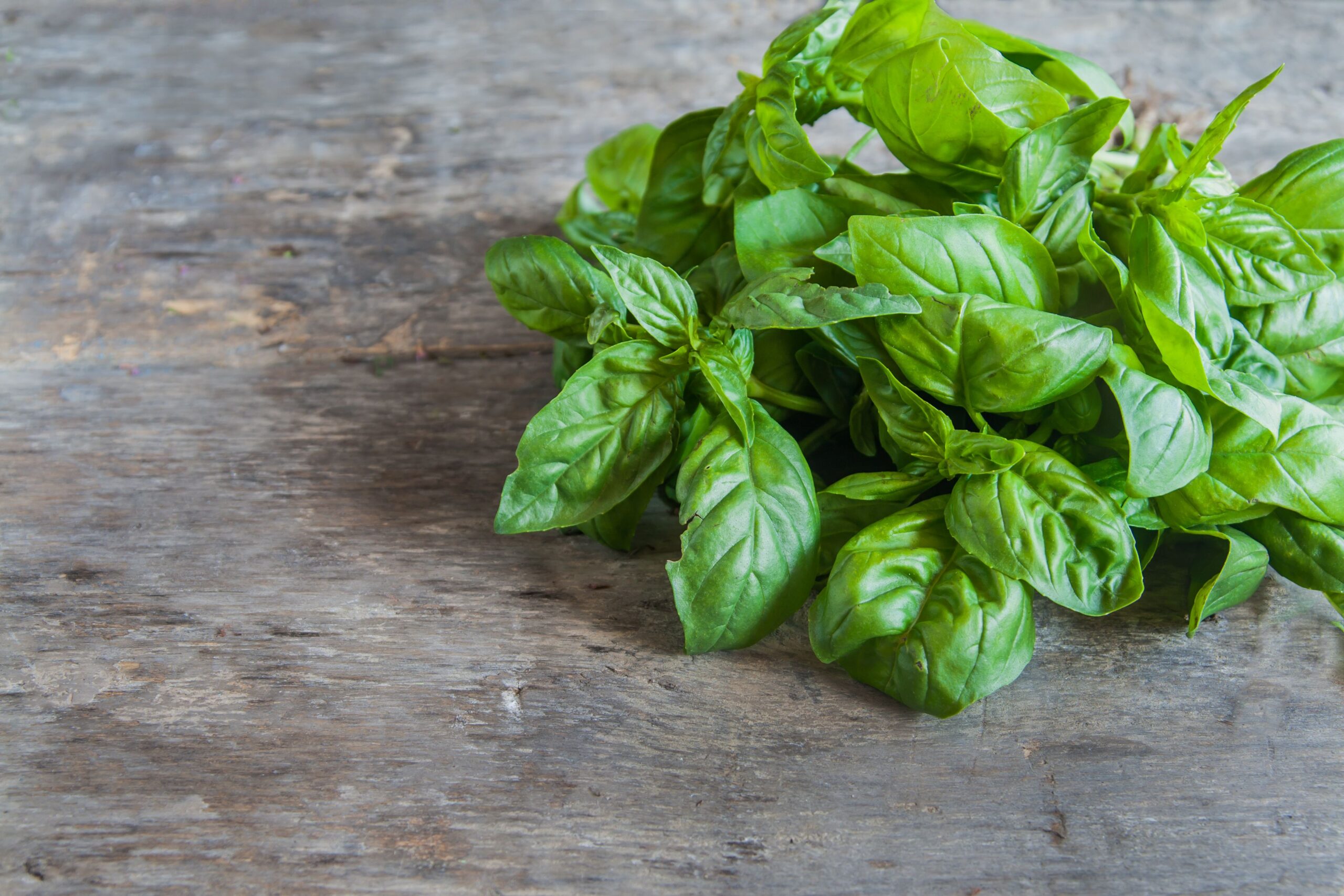
Time: Seven to 10 days Basil is the rare, sun-loving fresh herb that shouldn’t be refrigerated, lest its highly perishable and moisture-sensitive leaves begin to spoil and turn black. Basil stored at room temperature can last from seven to 10 days. To maximize that shelf life, trim the basil’s ends and place the stems in an inch or so of water covered by a loose-fitting plastic bag.
Potatoes
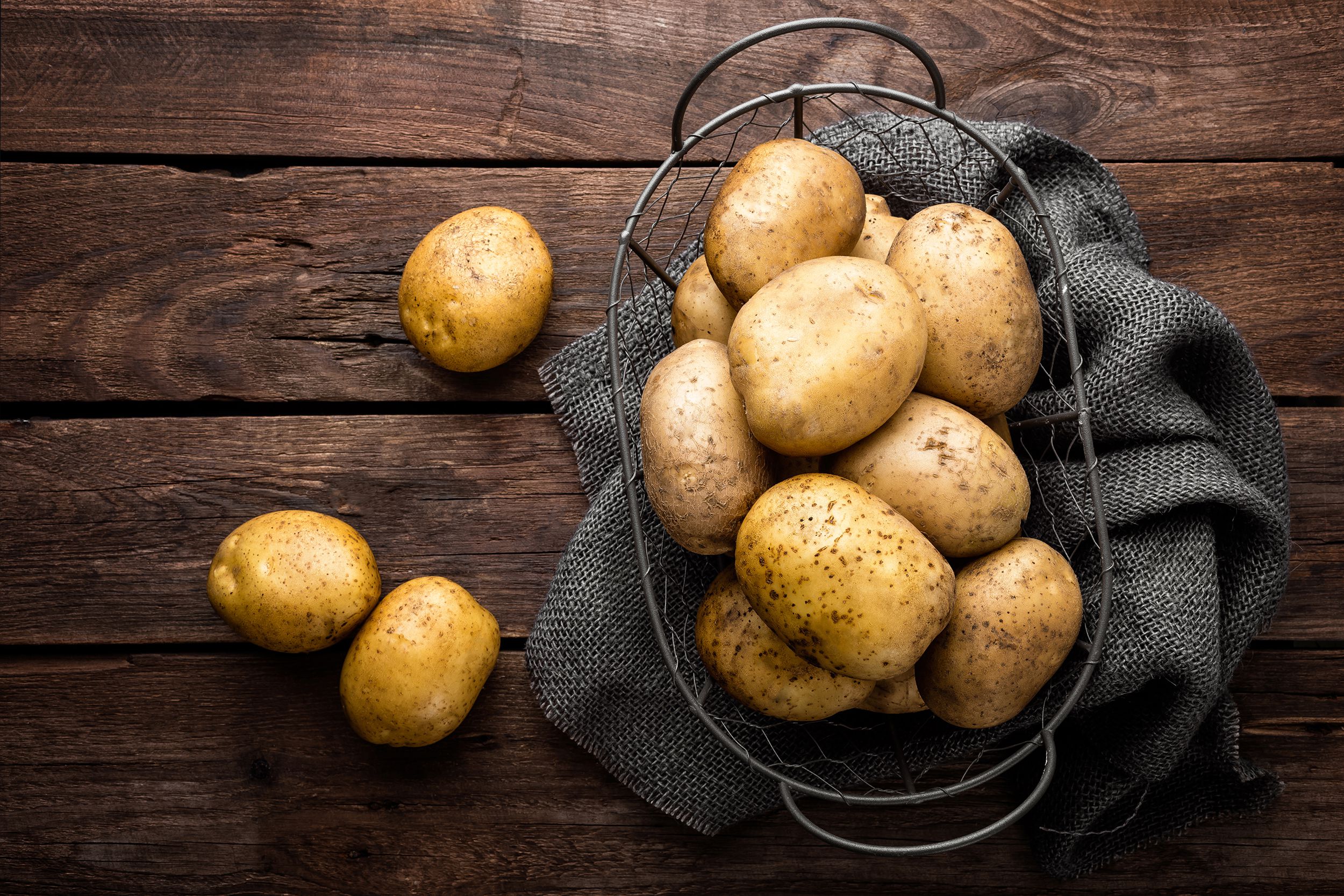
Time: One to two weeks Refrigeration converts some of the starches in raw potatoes to sugars, so the versatile spuds are best stored in a dark, cool pantry for a shelf life of one to two weeks. Cooked potatoes can last three to five days in the fridge, though not at peak quality; for prep work, raw cut potatoes can be submerged in cold water and refrigerated for up to 24 hours before cooking.
Avocados
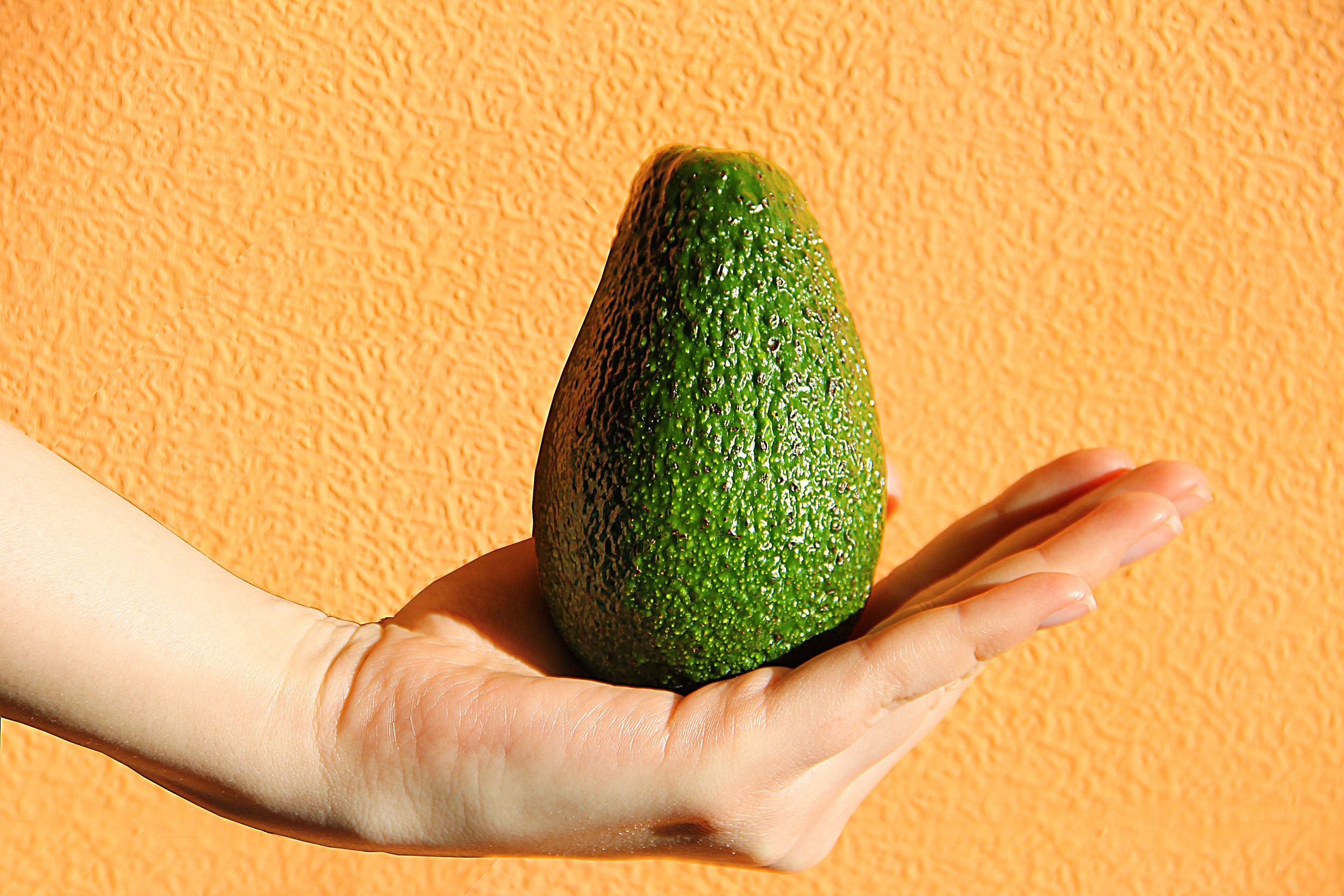
Time: Two to seven days, until ripe Avocados should be stored at room temperature until fully ripened, at which point the skin will feel slightly soft when squeezed. Then they can be used promptly or kept for longer within the fridge (they’ll stay good another three to five days). Avocados puréed with a dash of lemon juice can also last months longer in the freezer.
Tortillas
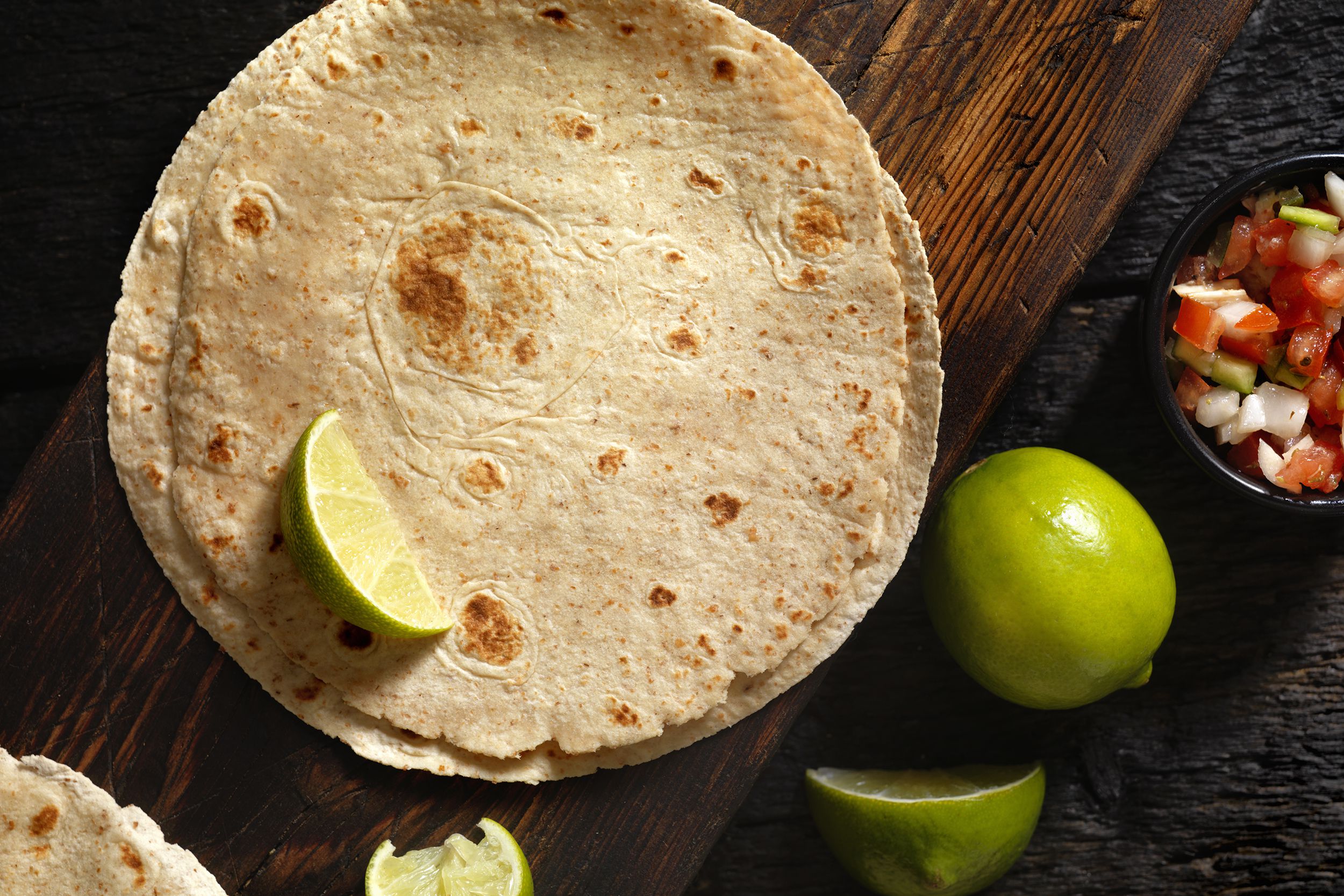
Time: Two to four weeks Opened or unopened flour and corn tortillas can last up to a month in the pantry — or more conservatively, up to one week after their “best by” date. They’ll last another two to six weeks once refrigerated. This will tend to dry them out, as with bread.
Peanut Butter
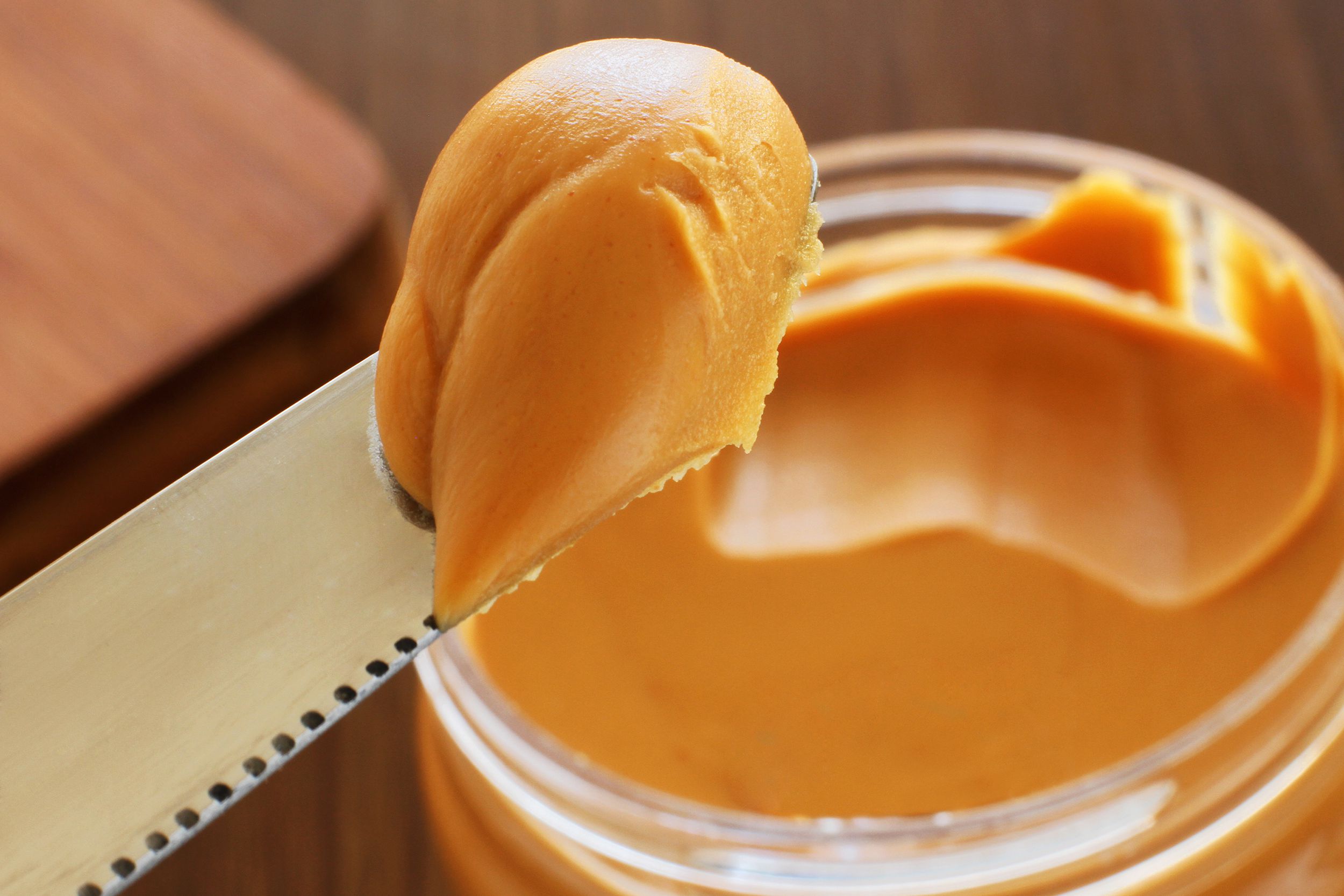
Time: One to three months There’s no need to refrigerate even an opened jar of peanut butter, as it can keep well for up to three months at room temperature. Some natural peanut butters (without hydrogenated oils) call for refrigeration on their labels, but will still last up to a month in the pantry, and be easier to spread.
Ketchup, Mustard, Barbecue Sauce, and Other Acid-Based Condiments
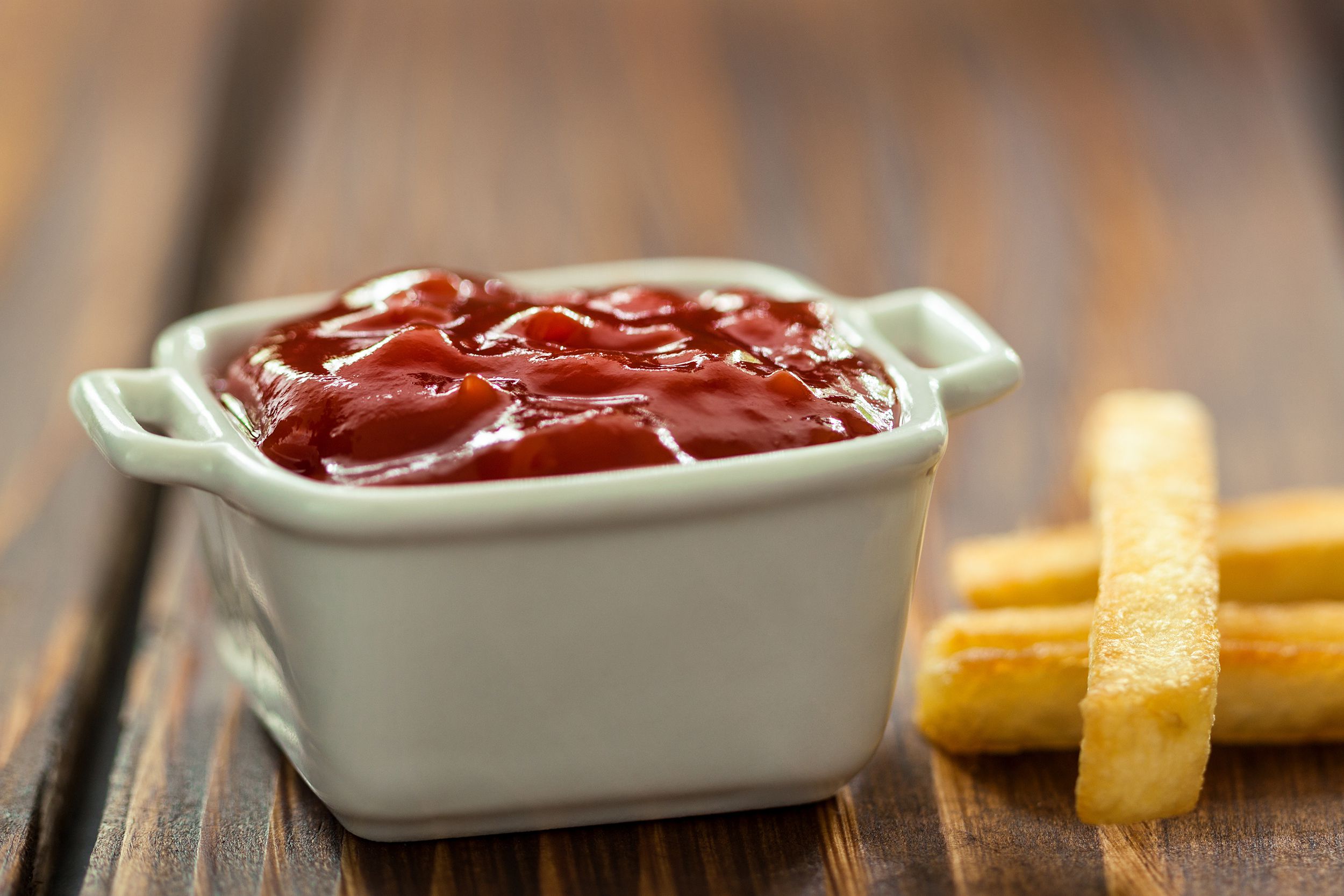
Time: One month or more Many of the most common condiments last perfectly fine outside the fridge, including ketchup and barbecue sauces – both will keep up to one month at room temperature. The timeframes are even more generous in more acidic condiments such as mustard (two months), soy sauce (one year), and hot sauce (three years).
Onion
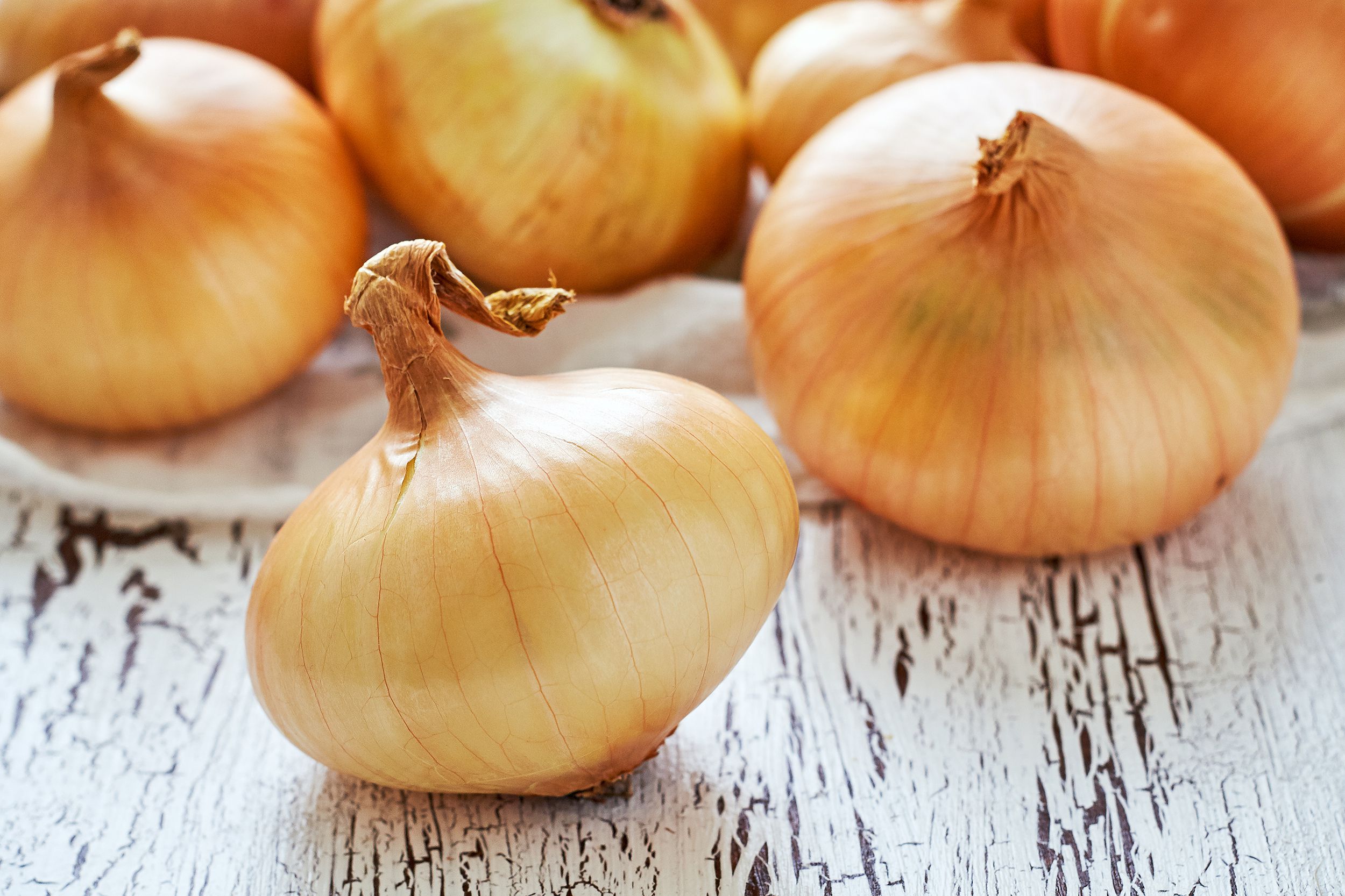
Time: Two to three months Keep whole raw onions in a loosely covered container in the pantry at temperatures of 45 to 55 degrees to make them last up to three months (the same length they would last in the fridge, where they should be stored only once chopped or in especially hot locations). Take care not to keep them near potatoes, as the two veggies in close proximity can accelerate each other’s spoilage.
Garlic
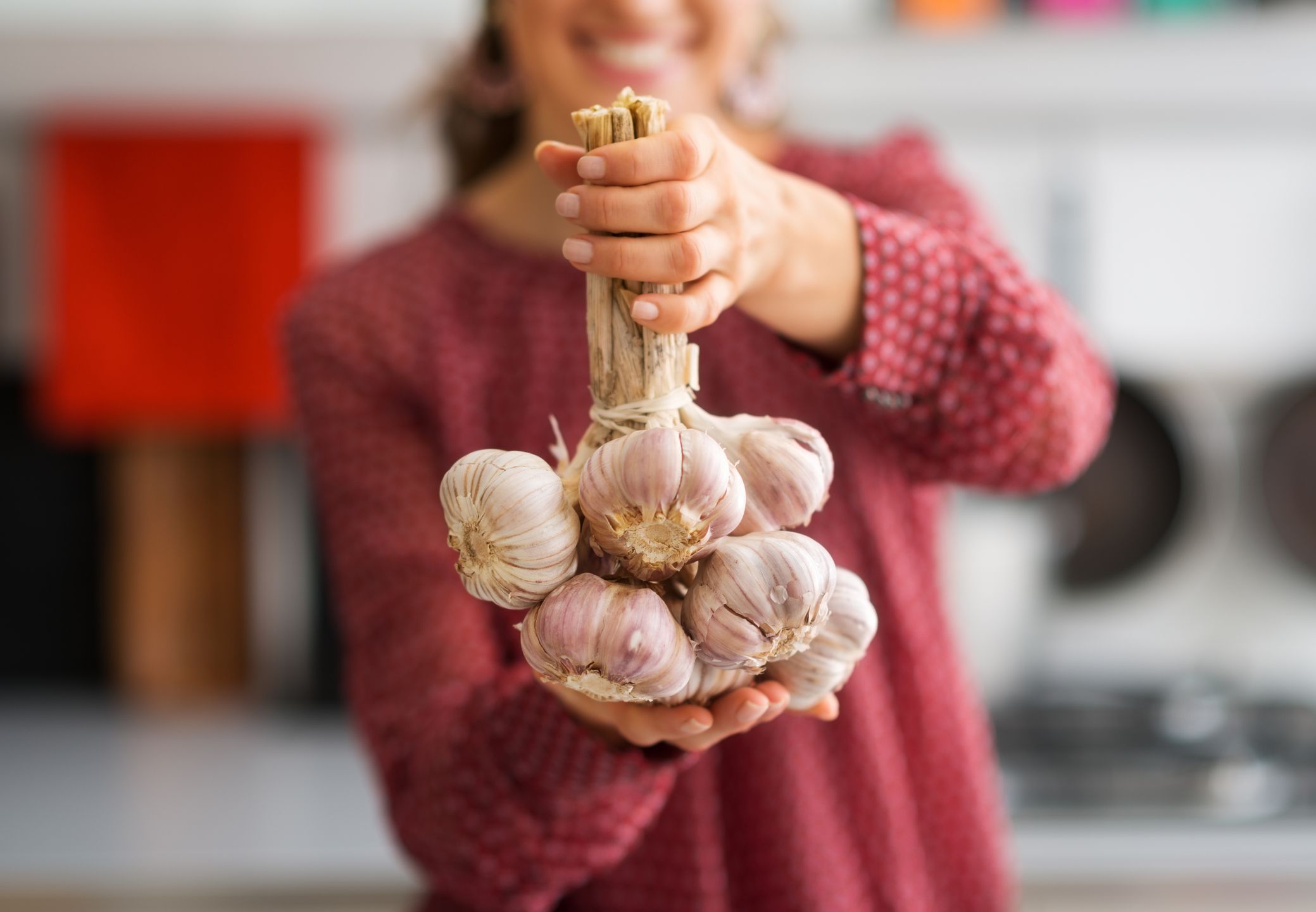
Time: Three to five months At ideal temperatures of 55 to 60 degrees, bulbs of garlic will keep on the counter for nearly six months before spotting and turning soft with spoilage, while unpeeled individual cloves will last seven to 10 days. Garlic will usually start to sprout before going bad, so cooks may want to remove the green sprouts to get rid of their bitter (but otherwise harmless) taste.
Almond Milk
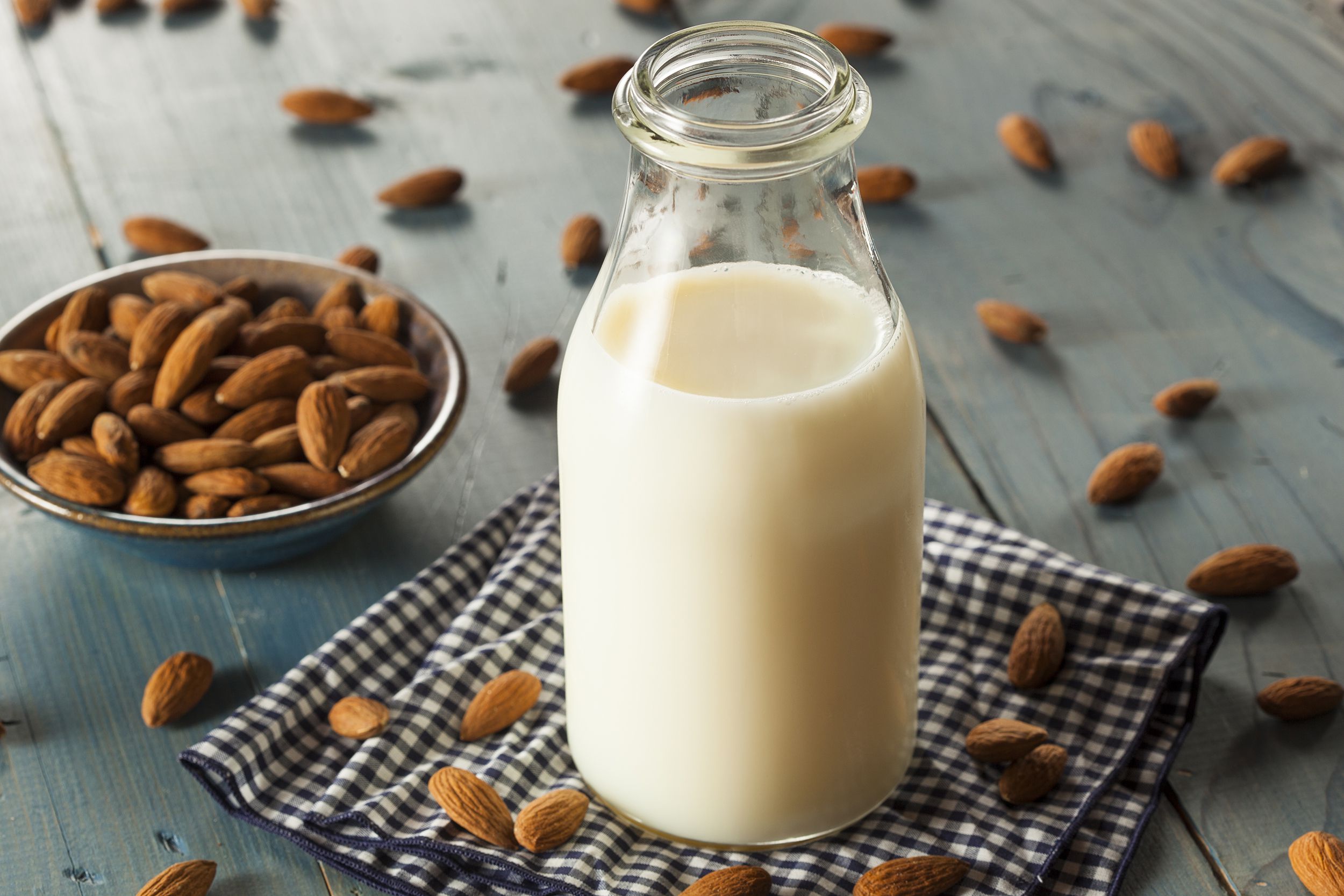
Time: Varies Some non-dairy milks such as almond or soy are ultra-pasteurized and sealed in Tetra Pak cartons, allowing unopened containers to be stored at room temperature for up to a month. Once opened, however, ultra-pasteurized and other almond milks (sold refrigerated) should be used within seven to 10 days, and not left out unrefrigerated for longer than two hours.
Salad Dressings
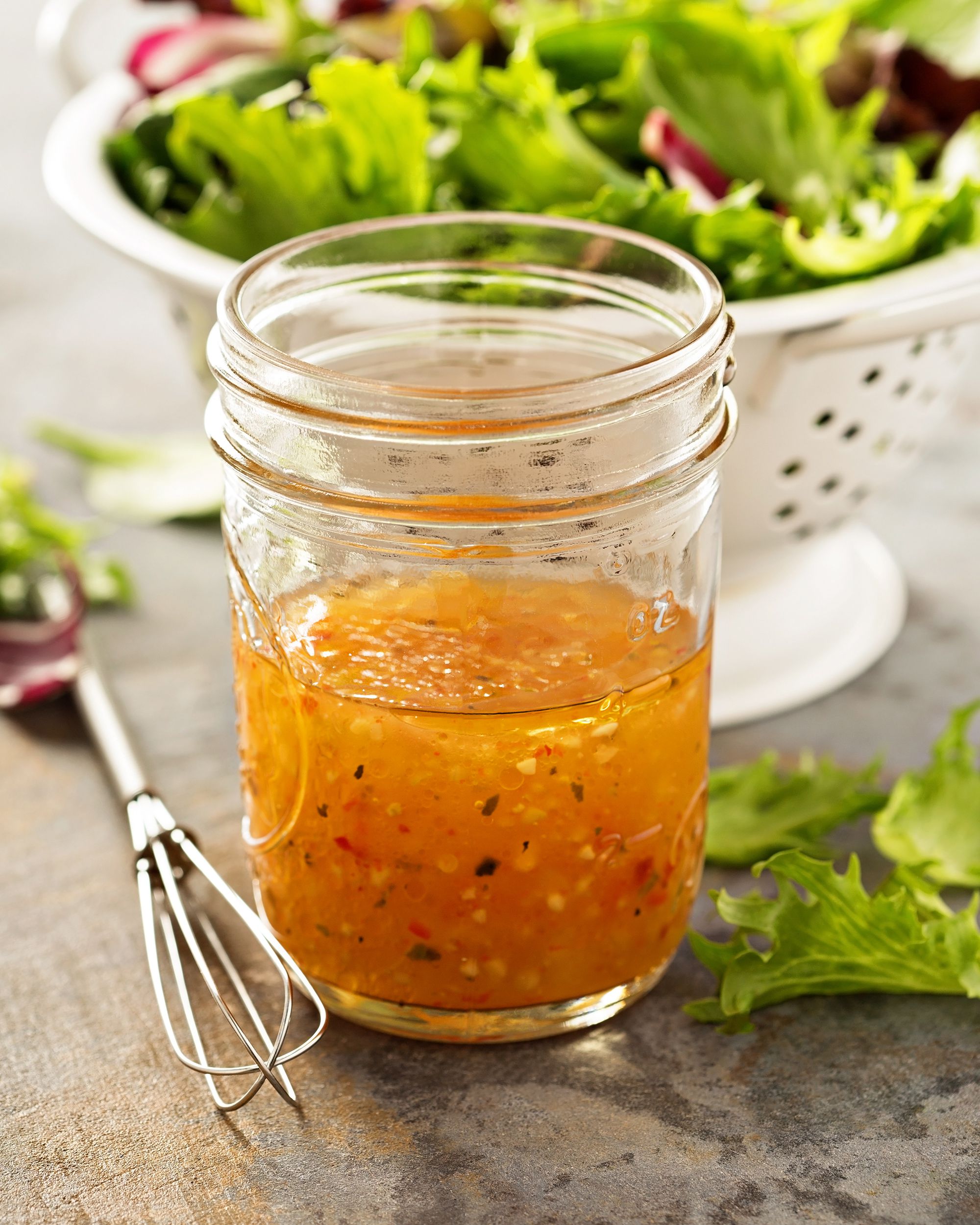
Time: Varies Premade salad dressings vary widely in terms of flavor and ingredients, but the chief consideration in evaluating shelf life once opened should be whether the dressing is cream-based or vinegar-based. Vinegar-based sauces contain natural preservatives that can keep them safe at room temperatures after several hours, whereas cream-based sauces such as ranch or blue cheese dressing should be tossed after two hours sitting out.
